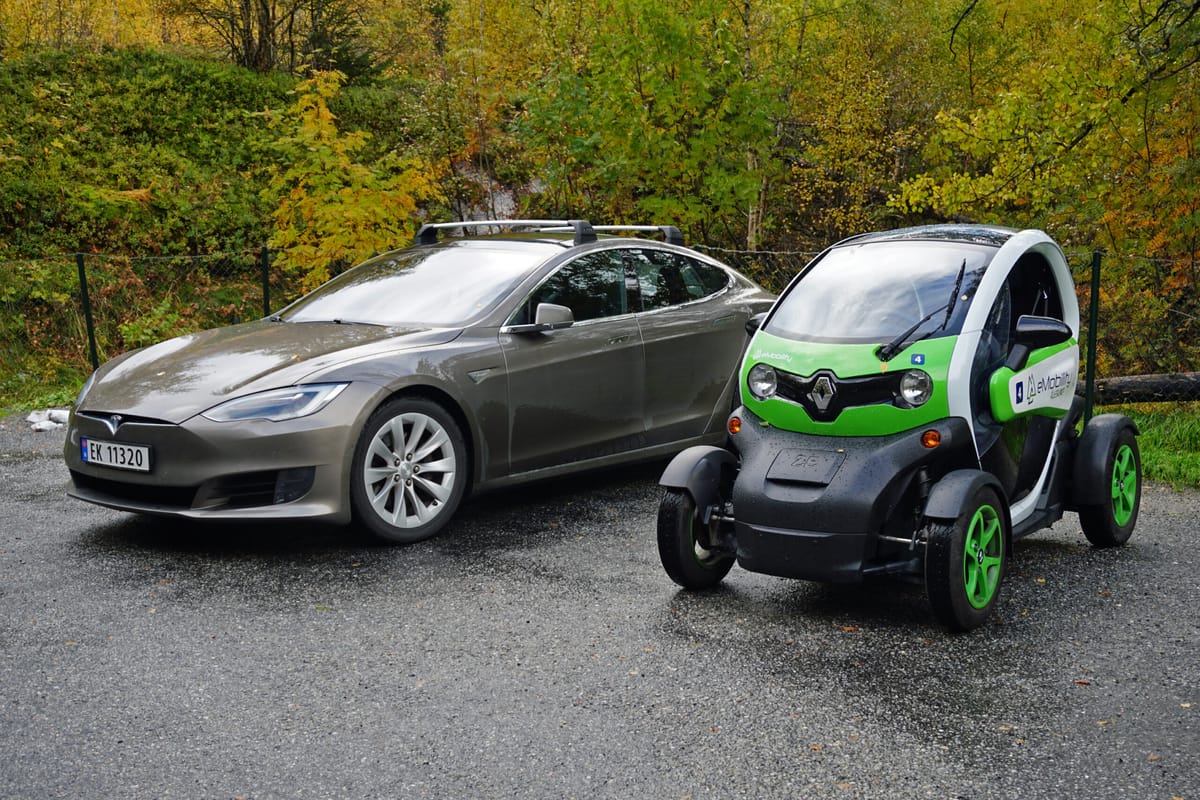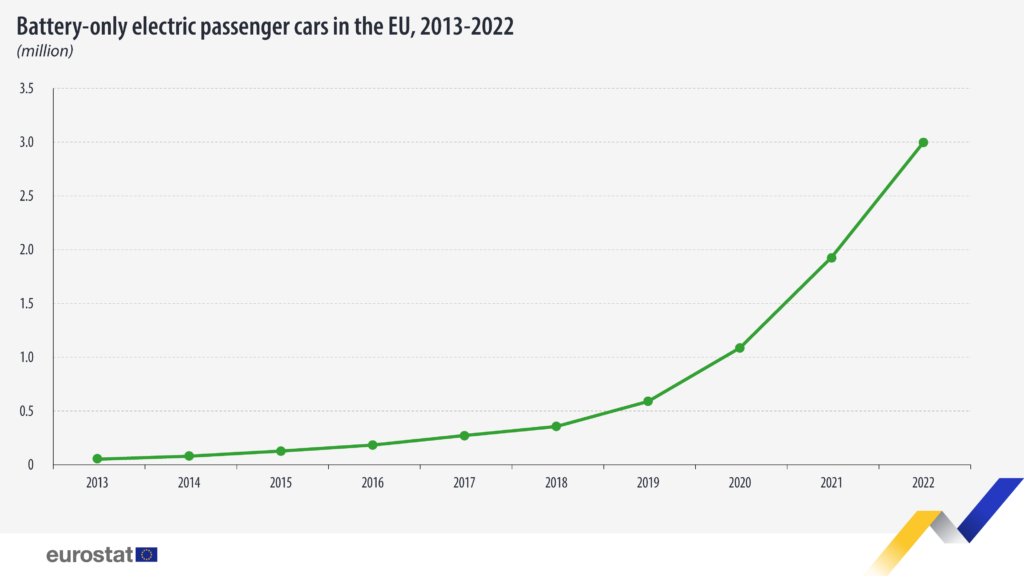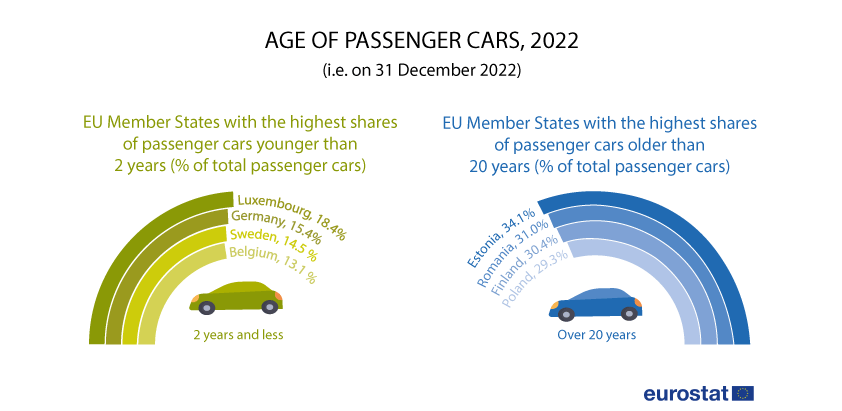
Austria leads CEE for most new cars, Estonia regional laggard
The number of battery-only electric passenger cars in the EU neared 3mn in 2022, up 55% from 1.9mn in 2021, according to the EU’s official statistics office Eurostat.
In Central and Eastern Europe (CEE), Austria has the highest ratio of cars under two years of age, with 13%. Older cars are most commonplace in Estonia, where 34% are at least 20 years old.
In the decade from 2013-22, the highest year-on-year rise came in 2020, when a 85% annual increase occurred, followed by the 78% climb in 2021.
Battery-only electric passenger cars remain niche, however, despite the huge percentage growth over a decade, as the total number grew from 0.02% in 2013 to 1.19% in 2022.

The overall share of battery-only electric passenger cars is expected to grow considerably over the coming years in the run-up to a EU-wide ban on the sale of new cars with combustion engines in 2035, linked to the Sustainable Development Indicator.
When it comes to the total number of passenger cars (running on petrol or diesel including hybrids; or on all types of alternative energy including battery-only), it has grown in almost all of the EU members over the last five years, reaching a total of nearly 253 million passenger cars in 2022 (+14% compared with 2013).
The highest share of cars aged 2 years or less in the EU member states was in Luxembourg (18%), followed by Germany and Sweden (15%), and Belgium, Ireland and Austria (13%).

After Estonia, cars of 20 years or older were most common in Romania (31%), Finland (30%), Poland (29%) and Portugal (26%).





